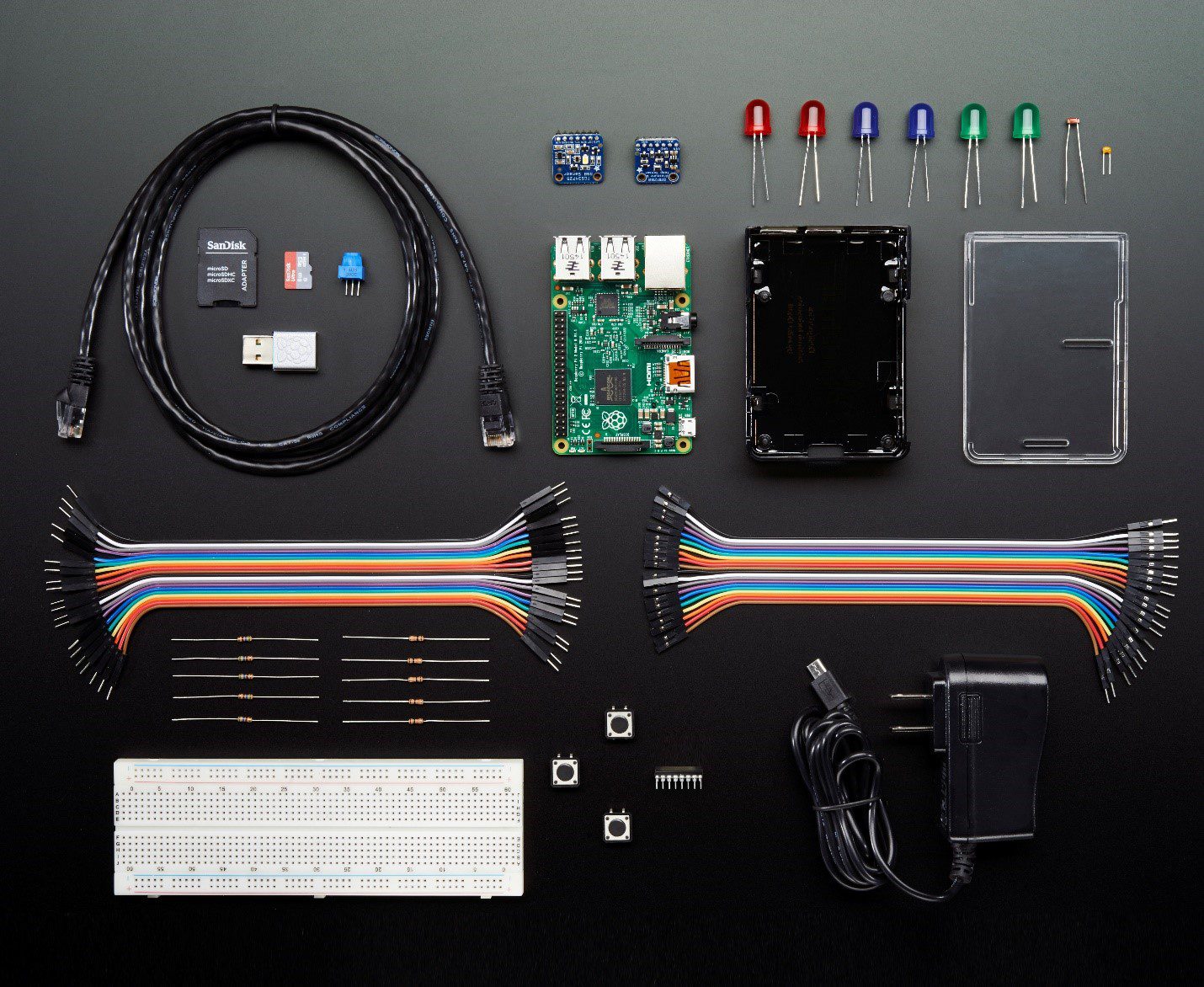
In fact, IoT Core gets even fewer updates as it doesn’t need those spring and fall feature updates. Windows 10 IoT Core is considered for Long Term Service Channel, much like the servers of any multinational that do not get updates too often.

All they need are updates that keep the device secure. This goes well also because such devices do not require feature updates. Thus, for Windows 10 IoT core, updates are as few as possible – spread over a long range of time. Such apps don’t require regular updates as they may break the basic app’s functionality. Windows IoT Core version is basically single app focussed or in other words, a device supposed to perform only a single thing. While talking about differences between Windows IoT Core and Windows IoT Enterprise, it is essential to talk about Windows Updates. So basically, Windows 10 IoT Enterprise is IoT + Regular Windows 10 Enterprise OS. That in turn, allows running multiple apps at the same time. It allows certain components of Windows 10 (main operating system) to be installed on smart devices. Windows 10 IoT Enterprise is an amalgamation of both IoT and full Enterprise version. In other words, it contains only Windows 10 IoT operating system. Windows IoT Core package is tiny but able to run background processes to provide data to the main app for which, the device was built. It helps in building a single app (or dedicated app).

You’ll have a temperature controller, a fitness app, baby cam controller, and a few other things like calling and SMS.įrom the above, it is evident that there must be two types of IoT operating systems that allow for either one or many apps. Take one of the smartwatches for example. Then there are devices that are tiny but run multiple apps.

An example can be a temperature controller or a baby camera app. Windows 10 IoT Core vs Enterprise version #ĭevices hooked to the Internet of Things can be divided into two types:ĭevices that can run only one app or as we can say, devices that are dedicated to only a single purpose, are single app devices. Windows 10 IoT Enterprise won’t support ARM-based devices as they are built for complex computations such as in ATMs and PoS systems which tend to get hot when exposed to complexities. Windows 10 IoT Core may run on both ARM and non-ARM devices. A display is required during programming and end users do not need it always unless they need to see some data. The devices may or may not have any display. USB 3.2 Gen 2 (3.Windows 10 IoT Core is good for devices that are dedicated to a single task. USB 3.2 Gen 2 (3.1 Gen 2) Type-A ports quantity USB 3.2 Gen 1 (3.1 Gen 1) Type-C ports quantity USB 3.2 Gen 1 (3.1 Gen 1) Type-A ports quantity Number of free internal memory expansion slots Electrical Safety Devices & Accessories.Mobile Phone Screen Protector Installation Accesso.



 0 kommentar(er)
0 kommentar(er)
